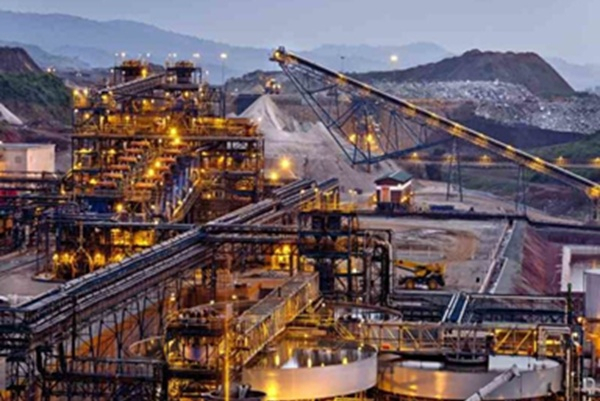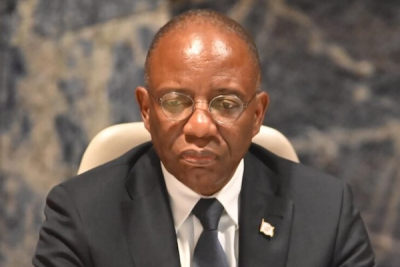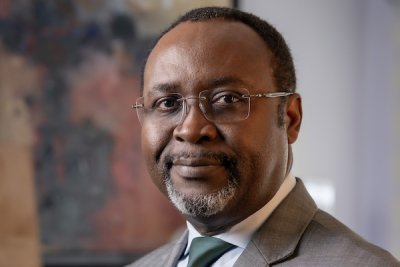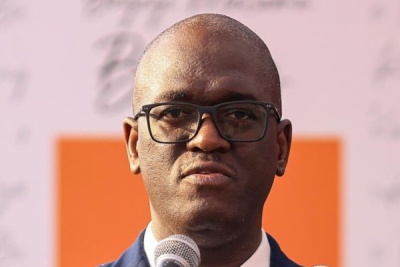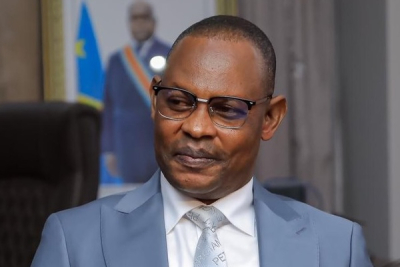Kibali, the Democratic Republic of Congo’s largest gold mine, produced 191,000 ounces of gold in the third quarter of 2025, Barrick Mining said in its financial report released on November 10. That’s a 21% increase from the 159,000 ounces recorded in the same period of 2024.
Barrick attributed the improvement to the ramp-up of open-pit operations at the Kibali mining complex, where extracted ore volumes rose by 133% during the quarter. The increase offset a decline in underground mine output.
From January to September 2025, total production reached 498,000 ounces, slightly below the 509,000 ounces recorded over the same period last year. To meet its annual target of between 688,000 and 755,000 ounces, Kibali will need to produce between 190,000 and 257,000 ounces in the fourth quarter. That would require an additional rise of at least 19.5%, following the 21% increase already achieved in the third quarter.
Such performance would benefit the Congolese state, which owns 10% of the mine through the state company SOKIMO and collects various taxes and other statutory fees in addition to dividends. These include a 30% corporate profit tax, a 3.5% mining royalty on gross sales, and a 0.3% local development contribution based on turnover.
A persistent challenge, however, is improving the valuation of the gold sold. Official data show that in 2024, artisanal cooperatives exported their gold at an average price of $72,873.9 per ton, compared with $53,542.4 per ton for Kibali, a difference of $19,331 per ton. This discrepancy is hard to explain, given that Kibali uses advanced technology and expertise that should, in principle, secure higher international market prices.
Pierre Mukoko






